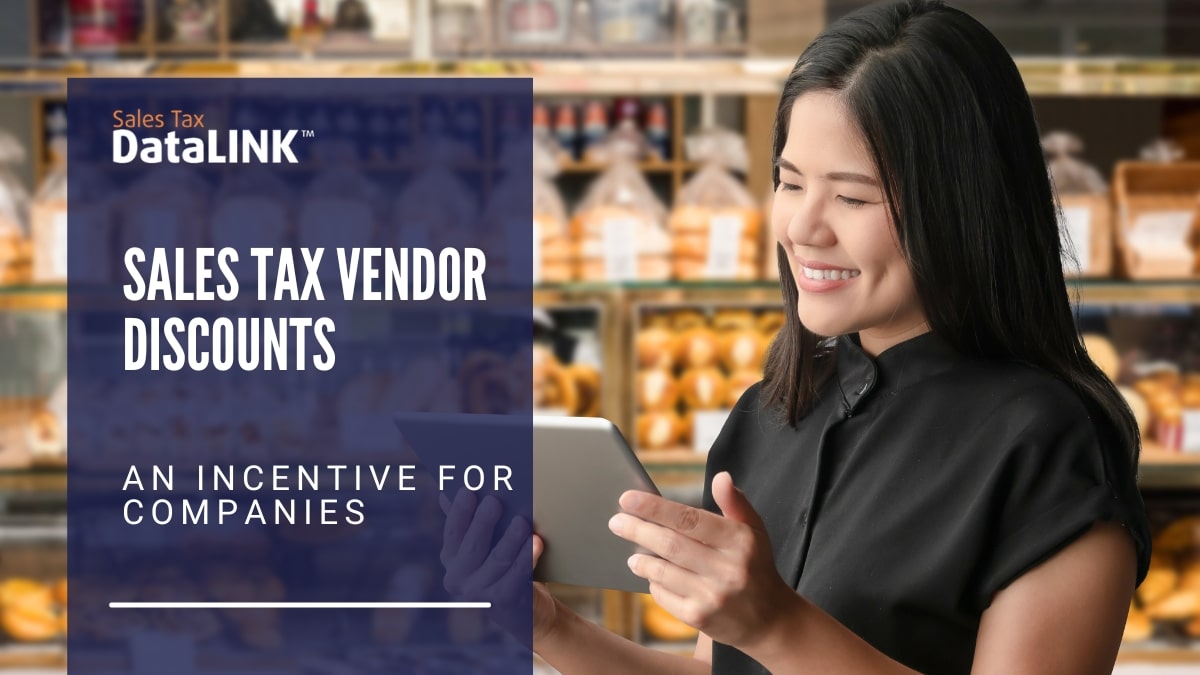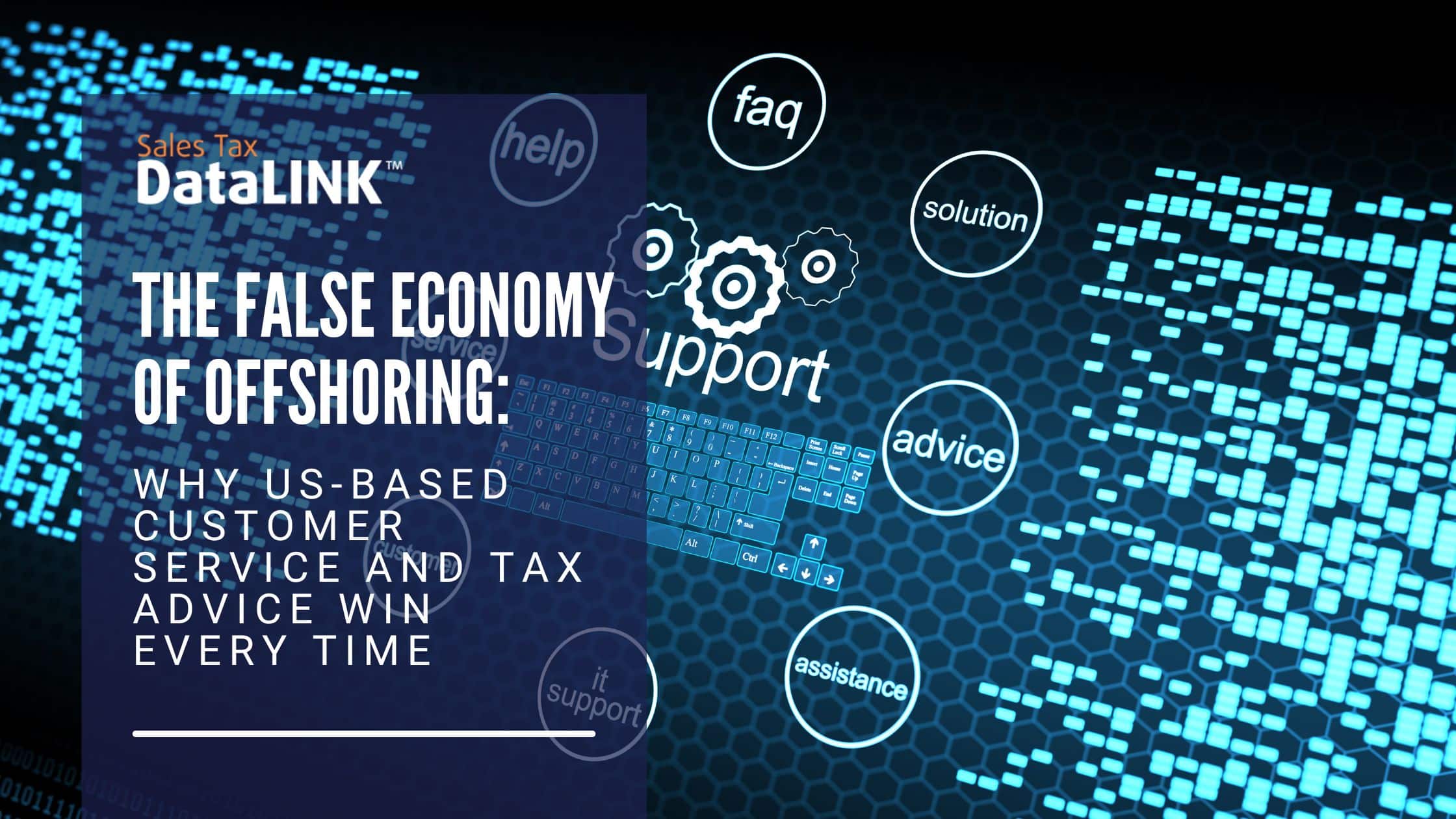About half the states in the U.S. have sales tax vendor discounts: money that is intended to recompense vendors for the cost of filing sales tax. Typically, retailers who collect more than a certain amount in sales tax are allowed to keep .5 to 3% of what they collect, to cover the expenses associated with monthly filing. Monthly filing is often the key here. When businesses file on a quarterly basis, they may earn enough on the float while the tax funds are in their coffers to cover the cost of collecting and filing those taxes. If they have to file on a monthly basis, they’re unable to collect enough interest on the tax funds to offset the costs. Not everyone sees it this way. One columnist complained that his state “pays $74 million a year to people for work that’s actually done for them by computers and automated cash receipt systems.”
Another described the custom as “a relic from the days when small retailers had to collect sales receipts by hand and write checks to the state.” Vendor discounts aren’t for small retailers, though. In Utah, for example, vendor discounts apply to those companies that collect more than $50,000 in sales taxes per year. At Utah’s sales tax rate, that means the vendor discounts don’t kick in until a retailer’s revenues are well over a million dollars. Mom and Pop stores that file their taxes by hand don’t receive the discounts — and don’t file monthly. The other misconception reflected in those comments is that all the work associated with sales tax filing is automatic.
Even a highly automated system like Sales Tax DataLINK’s suite of sales tax software requires some human effort. Add in the time involved in documenting exempt sales, and a large retailer may be looking for a full-time employee. The salary and benefits of that worker will not be fully covered by the vendor discount. In fact, the costs of sales tax filing, including the costs associated with computers, electronic registers, POS systems, and software, are higher than the vendor discounts in every state. The vendor discounts are an incentive for companies to file on time. They’re lost by vendors who file late. As such, they benefit the states and help offset the costs of monthly filing. Businesses in states that do not have vendor discounts might argue that they are at a disadvantage compared with those in states with a vendor discount. No matter what complications taxing jurisdictions throw your way, the patented technology of Sales Tax DataLINK can help. Let us show you a demo of our software with your data — in minutes, you’ll see the difference.




